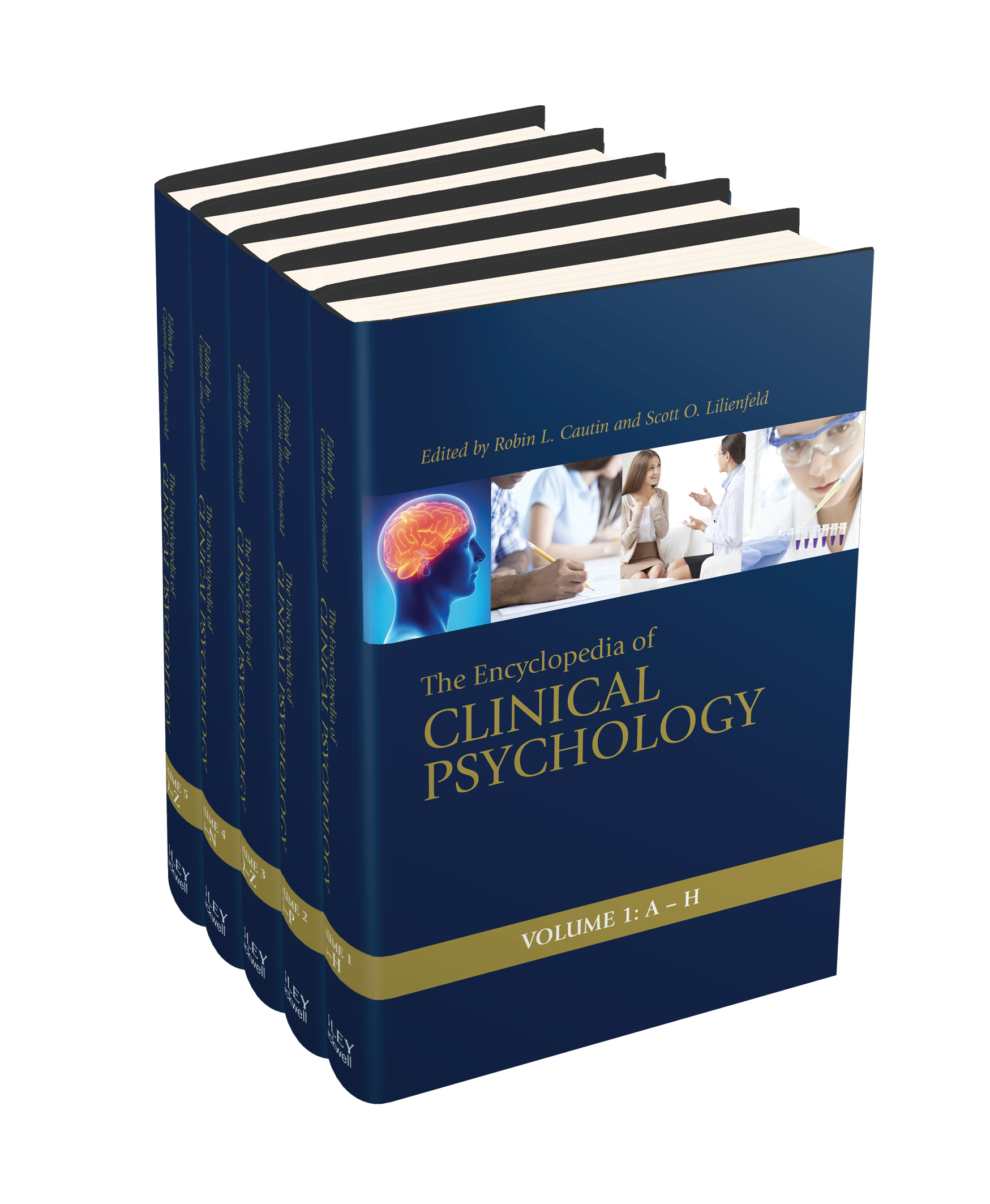Endogenous versus Reactive
Abstract
This entry examines the evolution of the classification of depression from the endogenous-reactive model, which proposed that the causal sources were either internal (brain based/biological) or external (a reaction to a stressful life event) to the integrative model that is widely accepted today. The original concept's historical roots are briefly summarized, followed by a discussion of several lines of genetically informed research that have shed light on the etiologic sources of psychiatric conditions such as depression and posttraumatic stress disorder. More specifically, gene-environment correlation (rGE) research has aided in the shift away from the once commonly held belief that depression was dichotomously categorized into endogenous (biological) or reactive (environmental) forms.



